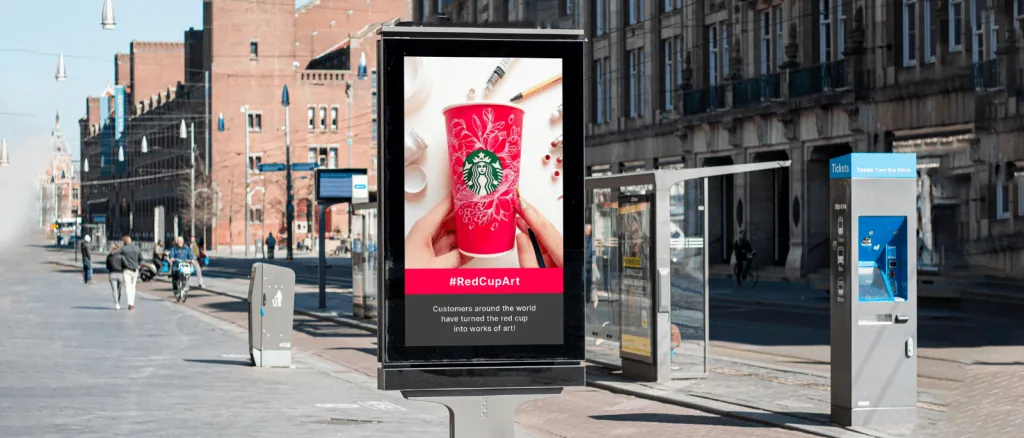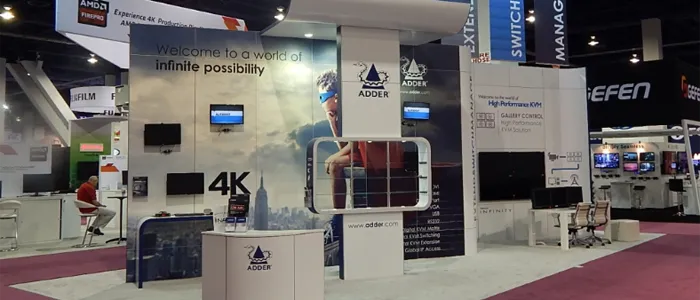In the fast-paced world of professional networking, maintaining a robust presence on LinkedIn can feel like a full-time job in itself. With over a billion users worldwide and millions engaging daily, standing out requires consistent effort and strategic engagement. Fortunately, innovative tools have emerged to help professionals, marketers, and talent acquisition teams streamline their LinkedIn activities without sacrificing authenticity. By leveraging automation thoughtfully, you can enhance your visibility, foster meaningful connections, and ultimately strengthen your professional brand whilst reclaiming valuable time for strategic endeavours.
Understanding LinkedIn Automation Tools and Their Benefits
LinkedIn automation has become an indispensable resource for those looking to scale their networking efforts efficiently. These tools are designed to handle repetitive tasks such as scheduling posts, managing engagement, and tracking performance metrics. Marketing automation, in particular, involves using software to schedule content in advance, respond to comments systematically, and monitor engagement patterns. This approach allows professionals to maintain a consistent presence without being tethered to their screens around the clock. Given that 40 per cent of LinkedIn visitors interact with pages organically, posting frequently and engaging actively is vital for building a loyal following. Research indicates that pages posting at least once a week attract 5.6 times more followers than those that do not, underscoring the importance of regularity in your content strategy.
Why Automating Engagement Matters for Your Professional Brand
Engagement is the lifeblood of any successful LinkedIn strategy. When you regularly interact with content from your network, you increase your visibility and demonstrate your active involvement in your industry. However, manually liking, commenting, and sharing posts can be incredibly time-consuming, especially if you are managing multiple accounts or juggling other responsibilities. Automation tools step in to bridge this gap by enabling you to auto-like LinkedIn posts and schedule reactions at optimal times. For instance, some platforms simulate human behaviour by liking posts at intervals, such as every thirty seconds, which helps to avoid detection and maintain account safety. This method not only saves time but also ensures that your engagement appears natural and authentic. By automating these actions, you can focus on crafting high-quality content and building genuine relationships whilst the software handles the routine interactions.
Moreover, automated actions have been shown to lead to increased impressions, higher engagement rates, and broader organic reach. When your account consistently interacts with relevant content, LinkedIn’s algorithm interprets this as a sign of active participation, which can boost the visibility of your own posts. This creates a virtuous cycle where your automated engagement helps to amplify your content, attracting more followers and potential connections. For founders and marketers alike, maintaining an active LinkedIn presence is crucial for brand building and lead generation. Automation allows these professionals to remain visible and engaged without sacrificing time that could be better spent on strategic activities such as product development, client meetings, or campaign planning.
Selecting the Right Automation Software for LinkedIn Activity
Choosing the right tool for your LinkedIn automation needs is a critical decision that can significantly impact the effectiveness of your strategy. There are numerous options available, each offering different features, pricing structures, and levels of sophistication. One popular choice is Waalaxy, a tool that has garnered a user base of 150,000 and boasts an average rating of 4.8 out of 5. Waalaxy specialises in LinkedIn prospecting and automation, allowing users to automatically like posts using integrated tools like Podawaa. Podawaa, in particular, is designed to simulate human behaviour by liking content at regular intervals, which helps to maintain the appearance of genuine engagement. When combined with ProspectIn, users can also automate connection requests with personalised notes, creating a comprehensive engagement strategy that extends beyond simple likes.
Another noteworthy option is a platform that offers a free plan allowing up to 100 likes per month, making it an accessible choice for individuals or small teams just beginning to explore automation. For those seeking more robust features, a free trial can provide access to premium capabilities and up to 500 likes, giving you a chance to evaluate the tool’s effectiveness before committing financially. Additionally, some services guarantee 100 per cent delivery of likes and emphasise that there is no risk to your LinkedIn account, having delivered millions of likes across their user base. When evaluating these tools, consider factors such as ease of use, integration with other platforms, customer support, and safety measures. LinkedIn prohibits unauthorised automation tools, so it is essential to select software that complies with the platform’s terms of service and employs safe practices to protect your account from penalties.
Best Practices for Implementing Automated Likes Responsibly
Whilst automation can significantly enhance your LinkedIn strategy, it is crucial to implement it responsibly to maintain authenticity and avoid potential pitfalls. The goal is to complement, not replace, genuine human interaction. Automated likes and reactions should be part of a broader engagement strategy that includes thoughtful comments, personalised messages, and original content. Relying solely on automation can make your profile appear robotic and may damage your reputation if your network perceives your engagement as insincere. Therefore, it is important to strike a balance between automation and authentic participation.
Maintaining Authenticity Whilst Using Automation Features
Authenticity is the cornerstone of meaningful professional relationships, and automation should never compromise this principle. One effective way to maintain authenticity is to use automation for routine tasks whilst reserving more personalised interactions for manual engagement. For example, you might automate likes on posts from key connections or industry influencers, but take the time to craft thoughtful, value-added comments on content that truly resonates with you. Generic comments such as ‘Great post!’ or ‘Thanks for sharing!’ are easily recognised as superficial and can undermine your credibility. Instead, aim to add insight, ask questions, or share relevant experiences that contribute to the conversation.
Another consideration is the frequency and timing of your automated actions. Scheduling reactions at regular intervals throughout the day can help to mimic natural behaviour and avoid overwhelming your network with simultaneous engagements. Tools that simulate human behaviour by spacing out likes and comments are particularly valuable in this regard. Additionally, it is wise to periodically review the content you are engaging with to ensure it aligns with your professional interests and values. Automation should enhance your strategic focus, not dilute your brand by associating you with irrelevant or low-quality content. By curating your automated engagement carefully, you can maintain a professional image that reflects your expertise and interests.
Monitoring Results and Adjusting Your Engagement Strategy
Automation is not a set-it-and-forget-it solution; it requires ongoing monitoring and adjustment to maximise its effectiveness. Regularly reviewing your LinkedIn Analytics is essential to understand how your automated actions are impacting your profile’s performance. Key metrics to track include impressions, engagement rates, follower growth, and the reach of your posts. If you notice that your engagement is increasing but your follower growth remains stagnant, you may need to adjust your content strategy or diversify the types of posts you are interacting with. Conversely, if your automated likes are not translating into increased visibility, consider refining your targeting to focus on more relevant connections or content.
It is also important to stay informed about changes to LinkedIn’s policies and algorithms. The platform regularly updates its guidelines, and what is acceptable today may not be tomorrow. By keeping abreast of these changes, you can ensure that your automation practices remain compliant and effective. Many automation tools offer customer support, video tutorials, and community forums where users can share best practices and troubleshoot issues. Taking advantage of these resources can help you stay ahead of the curve and continuously improve your strategy. Additionally, some platforms provide exclusive studies and e-books on LinkedIn prospecting and talent acquisition, which have been downloaded by thousands of users and highly rated. These materials can offer valuable insights and inspiration for refining your approach.
Finally, consider experimenting with different pricing plans and features to find the best fit for your needs. Many tools offer tiered pricing, with free plans providing basic features and premium plans unlocking advanced capabilities. For example, a Teams plan might cost around seven pounds per user each month and offer unlimited users, relationships, and auto-likes, making it ideal for organisations looking to scale their LinkedIn efforts. Bespoke plans for agencies are also available, though pricing may vary depending on specific requirements. By testing different options and measuring their impact, you can identify the most cost-effective and efficient solution for your unique goals. Remember, the ultimate objective is to build a sustainable LinkedIn presence that fosters genuine connections, showcases your expertise, and supports your professional aspirations.







